Cloud Native Buildpacks
 Anil Kumar
Anil Kumar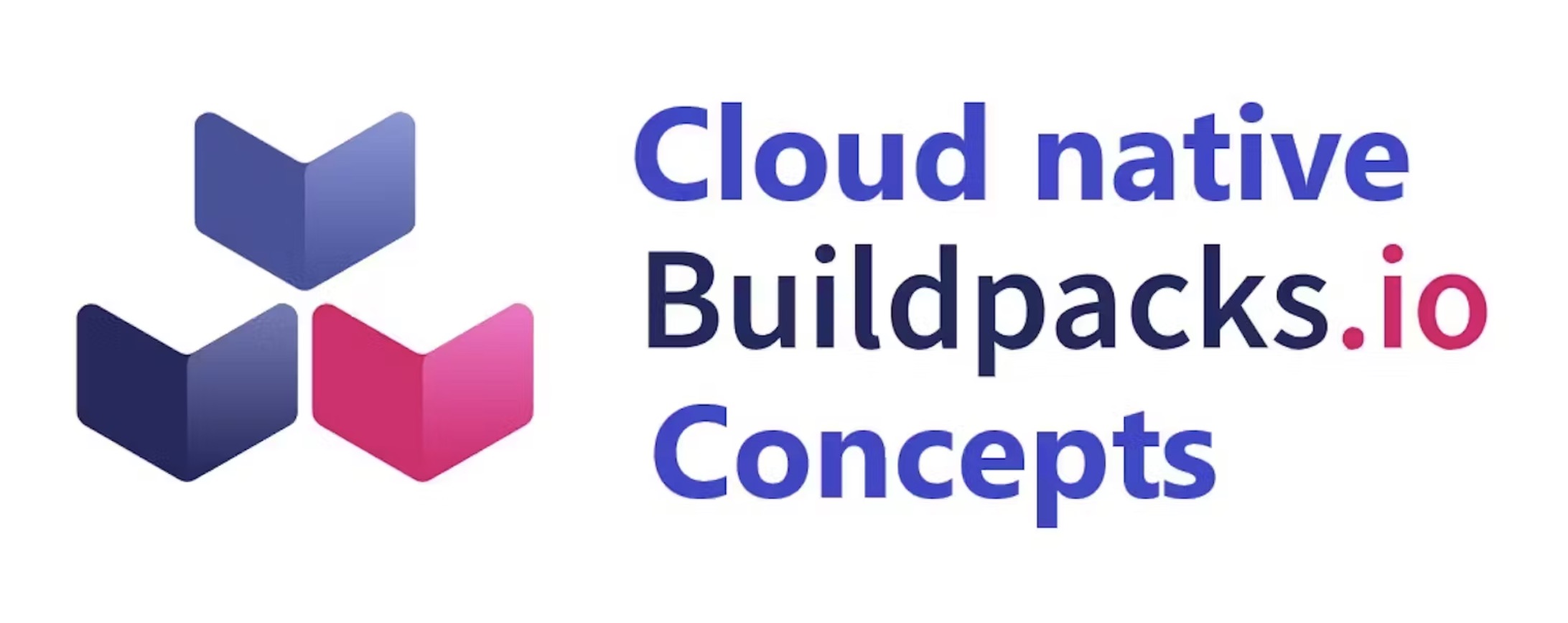
I have recently heard a new thing in CNCf space called Cloud Native Buildpacks and in this blog, I will help you to understand what I know about them in simple words.
What is CNB’s:
Have u ever wondered how we can transform our application code to Container images without the use of Dockerfile and docker compose.
The CNB project was initiated by Pivotal and Heroku in January 2018 and joined the Cloud Native Computing Foundation (CNCF) as an Apache-2.0 licensed project in October 2018.
Cloud Native Buildpacks (CNBs) transform your application source code into container images that can run on any cloud.
With buildpacks, organizations can concentrate the knowledge of container build best practices within a specialized team, instead of having application developers across the organization individually maintain their own Dockerfiles.
This makes it easier to know what is inside application images, enforce security and compliance requirements, and perform upgrades with minimal effort and intervention.
Features of CNB’s:
It auto-detects your code's programming language and its version
Advanced Caching
Images can be built directly from application source without additional instructions.
Supports more than one programming language family.
Image contains only what is necessary.
Leverage production-ready buildpacks maintained by the community.
Pre-requisites:
AWS account
An Ubuntu EC2 machine t2.micro (t2.micro is ok, if you are using simple application)
Docker installed
Steps:
Create an AWS EC2 machine of ubuntu OS with type t2.micro.

- Update your machine
sudo apt update
- Install docker
sudo apt install docker.io -y
- Provide permission to ubuntu user to docker group
sudo usermod -aG docker $USER && newgrp docker
- Install pack utility to build image
sudo add-apt-repository ppa:cncf-buildpacks/pack-cli
sudo apt-get update
sudo apt-get install pack-cli
Clone your code
git clone https://github.com/AnilKumar-Noolu/NodeJS-todo-app.git
- Go inside the directory
cd NodeJS-todo-app
- Remove Dockerfile and docker-compose file to make sure we are not using it for building the image.
rm -rv Dockerfile
rm -rv docker-compose.yaml
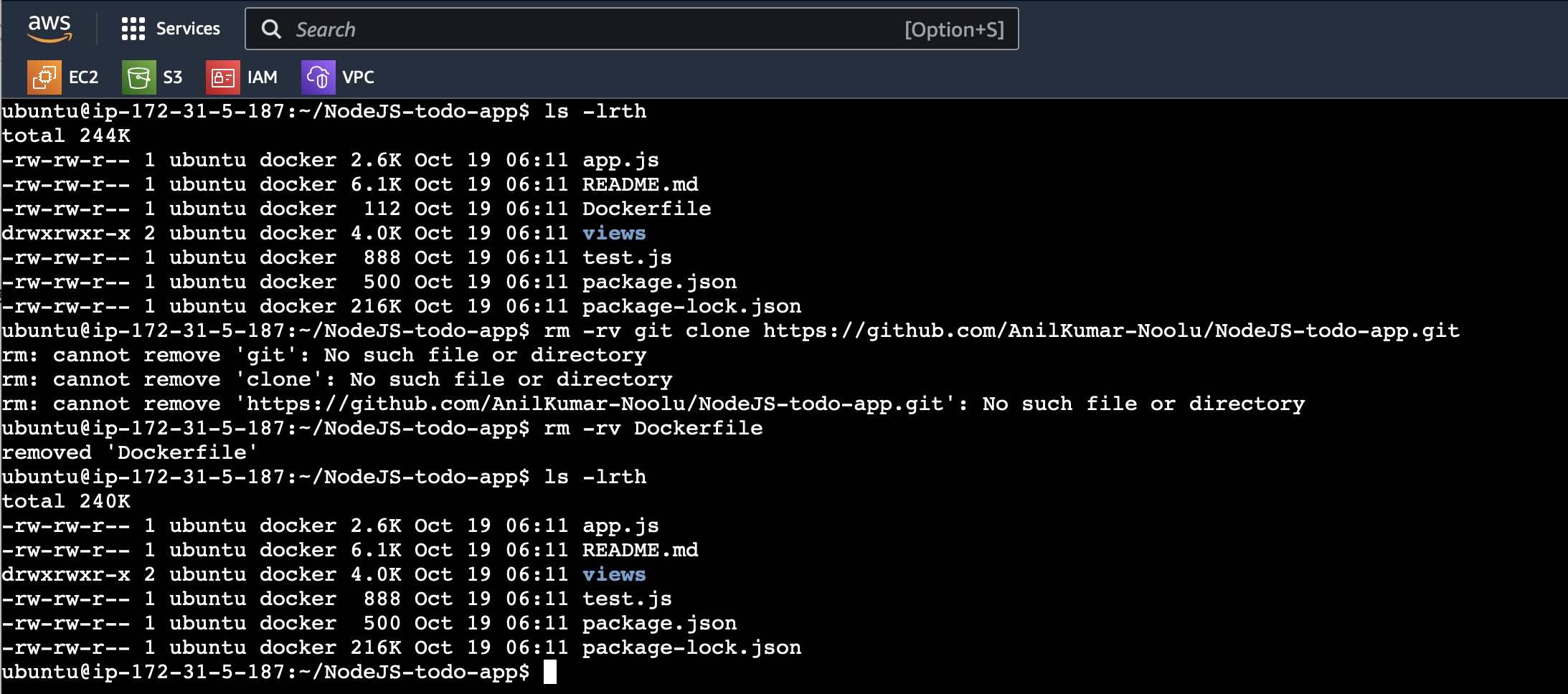
- Run the following command to get the pack builder
pack build suggest

- You can choose any of the Suggested Builders available. In my case, I’m going ahead with Google builder. So copy the google builder and paste in the below command
pack build --builder=<your-builder-from-above-command> node-todo
Here node-todo will be the name of the container image we are building.
This build will take some time be patient.
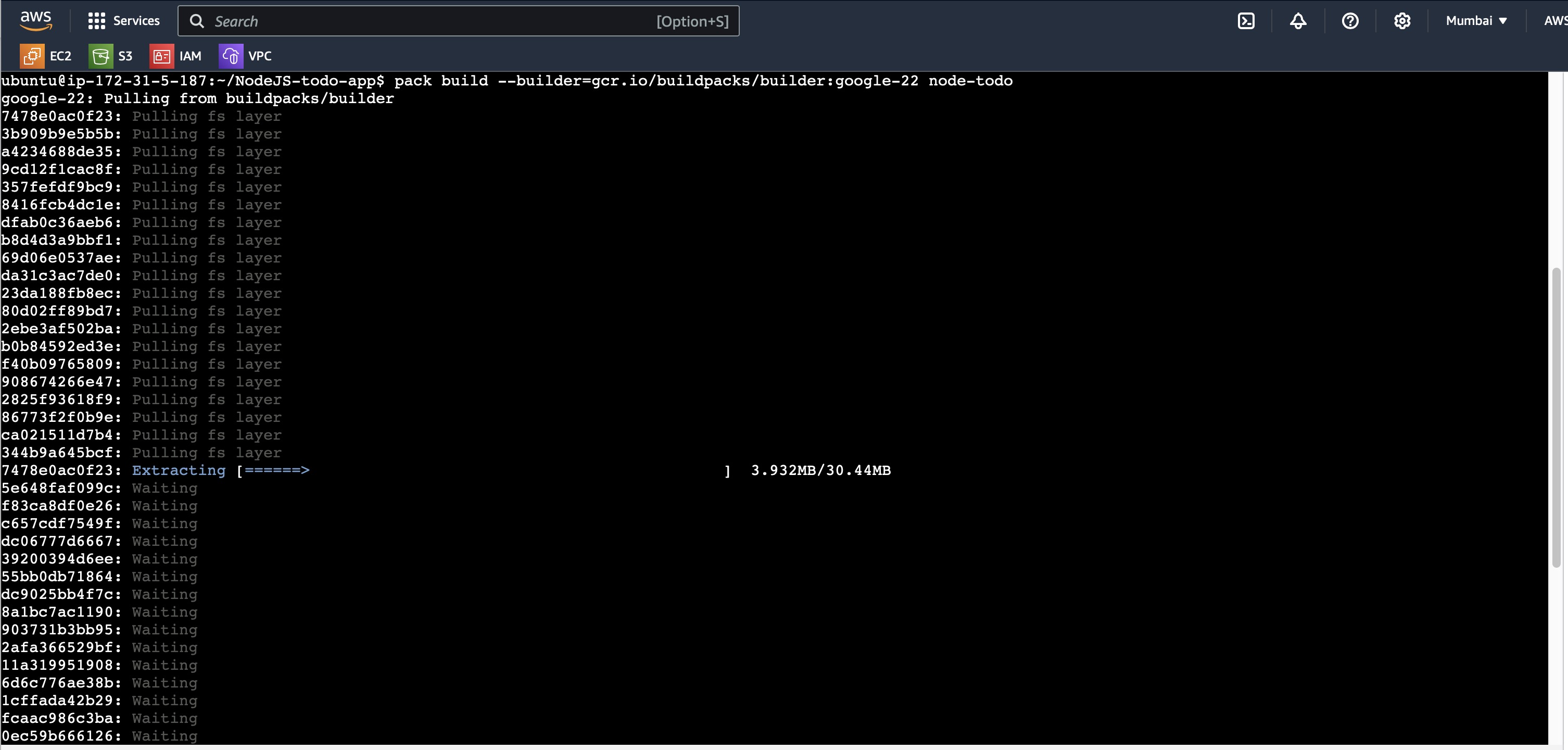
- After build, check images
docker images
Run the image as a container
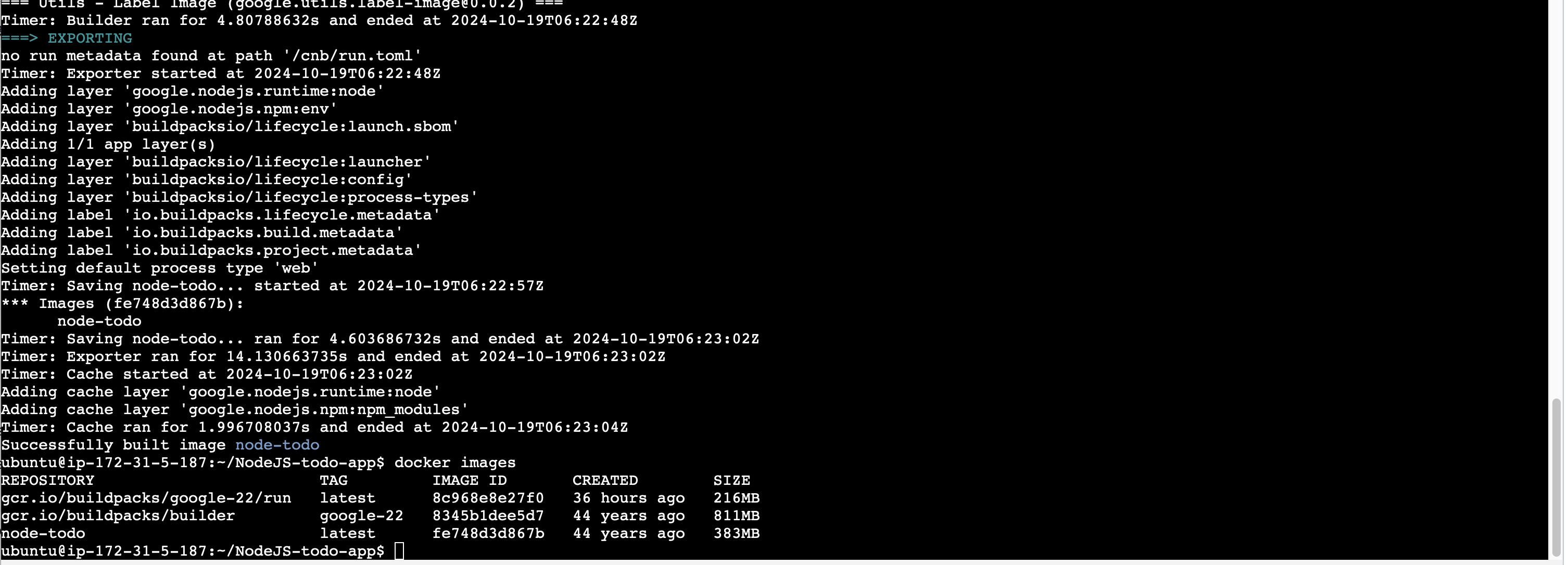
docker run -it --name nodeapp -p 8000:8000 node-todo
This application runs on port 8000, that's why we mentioned 8000 in the above command

- Open port 8000 from the security groups and access your application
http://<public-ip>:8000
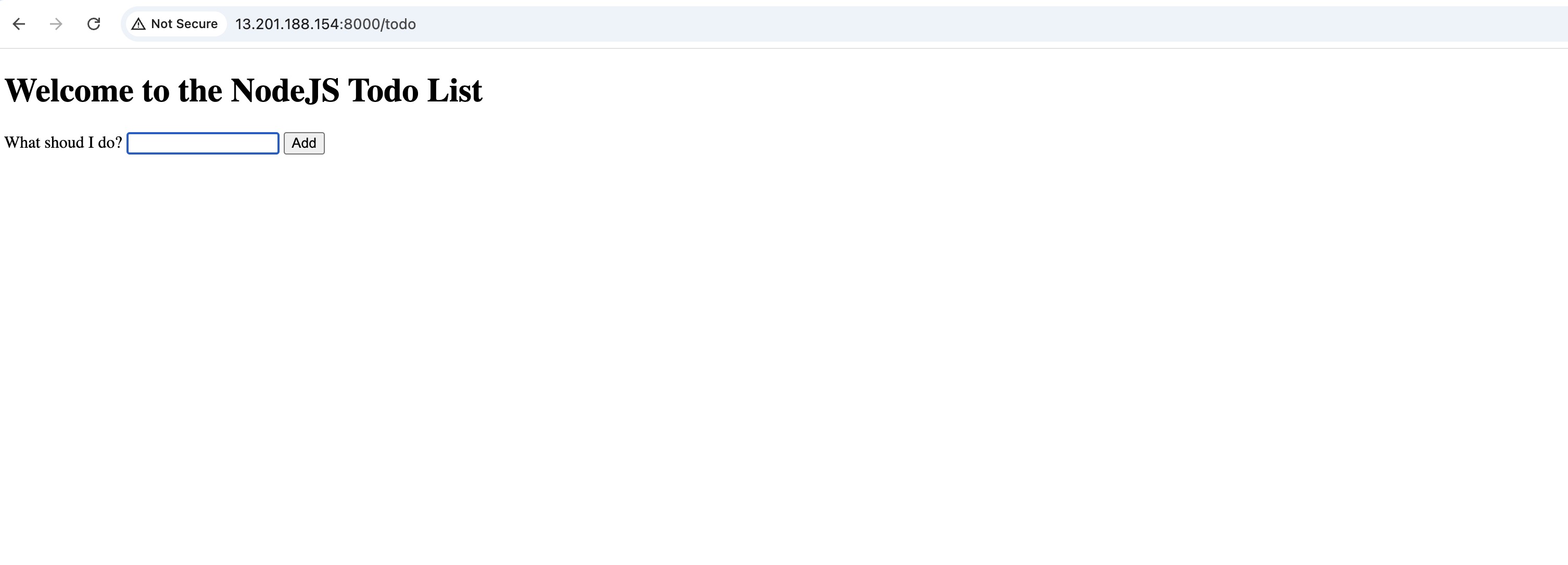
Congratulations!!! you have deployed and application using Cloud Native Buildpacks.
Subscribe to my newsletter
Read articles from Anil Kumar directly inside your inbox. Subscribe to the newsletter, and don't miss out.
Written by
